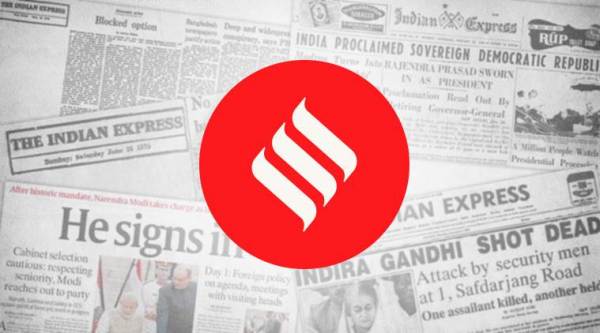
A five-member Supreme Court bench has proposed that a “permanent solution” be found to the Ayodhya dispute through mediation. The Court has sanctioned this innovative approach since, as one of the judges said, the intent is also to “heal relations” between two communities caught in a politically-fraught case. The principle and intent behind the proposal is laudable, since it may help lift the steam off the topic and, hopefully, facilitate a reasonable conversation around it.
Though the Court has named three mediators, the judges have given them the option to co-opt more members. It has said the mediation process will be held in-camera, its details kept confidential, and media barred from reporting the deliberations. Given that the conflict lies at the heart of the social and political faultlines of the nation, transparency about the process is paramount — the citizen has a right to know the give and the take. The Court’s decision to set an eight-week time-frame for the mediators to arrive at a settlement also raises questions. The Court, surely, is aware of the sensitivities in the dispute and its complex legal history. The mediation panel now appears set to conclude its sittings in the midst of the general election campaign: The outcome of mediation is most likely to have a bearing on the campaign and voting behaviour. The Ram temple is high on the BJP’s poll agenda and its leaders have demanded that the judicial process be skirted and permission given to build the temple at the disputed site through an ordinance. Clearly, the mediation process cannot be seen in isolation of the bitter and the polarised politics in the run-up to the election. Given this background, the panel ought not be asked to complete its work under such a tight deadline. It must be given time to engage with all the concerned parties and hear them out. In any case, the first step is for the panel to convince the litigants to join the mediation process. As of now, only the Nirmohi Akhara and some Muslim groups including the Sunni Waqf Board have expressed willingness to be a part of the negotiations; others insist that building the Ram Temple at the site where the 16th century Babri Masjid stood until its demolition on December 6, 1992 by a mob led by Hindutva groups, is a matter of faith, not a property dispute, and hence, non-negotiable.
The mediation process, of course, is not a substitute for due process. The Court is still to settle the plea regarding the title deeds concerning 2.77 acres of land at the Babri site. However, the Court can issue a decree if the contesting parties agree on a settlement during the mediation and make it binding on all sections involved in the dispute. It may be premature to predict how the mediation will unfold. But it will be a tall order and the process will be watched closely and tested for fairness.